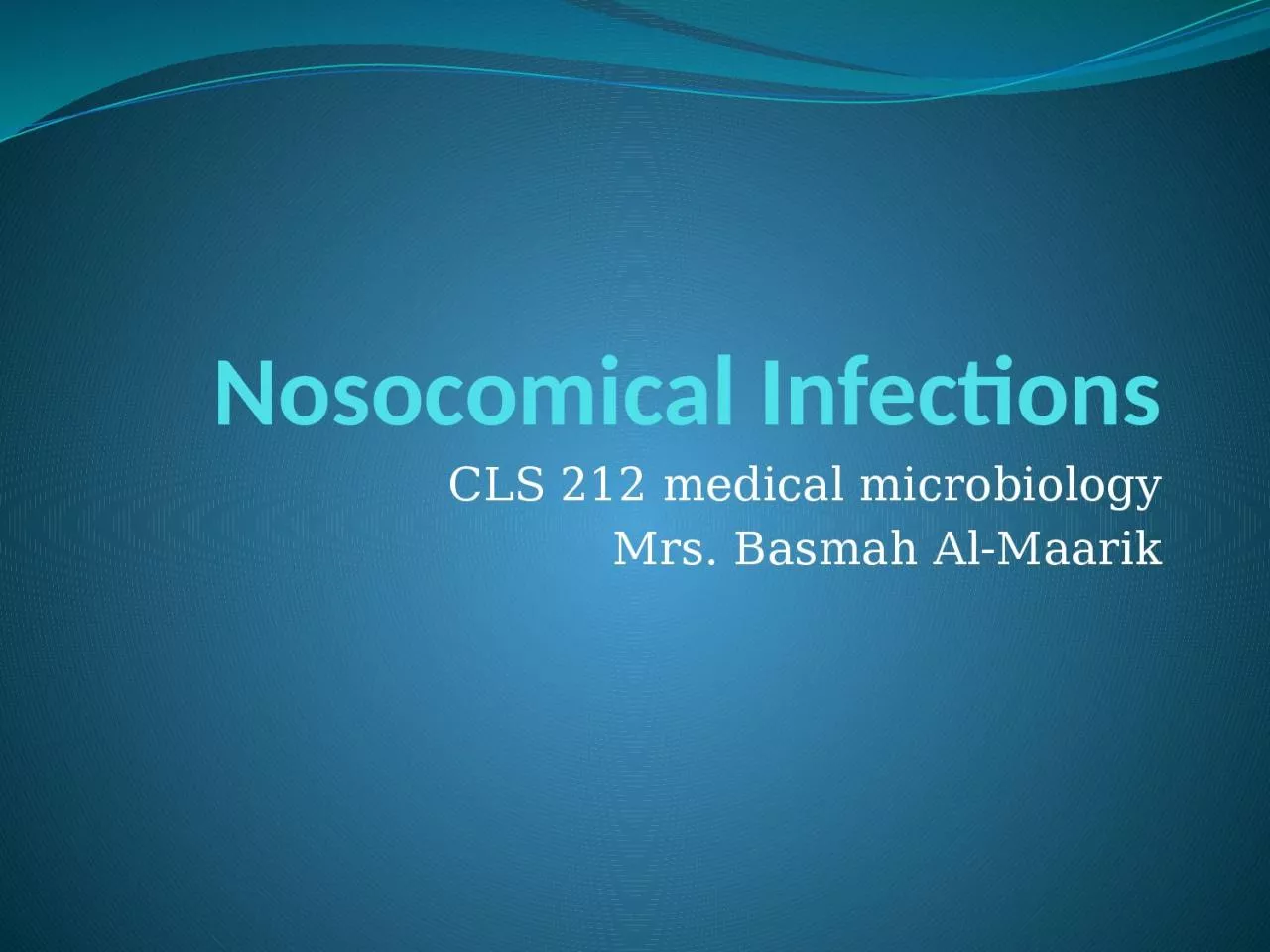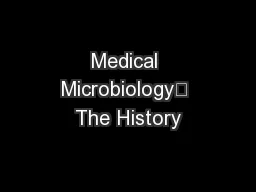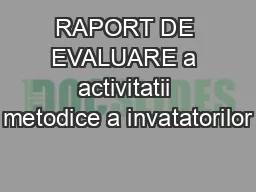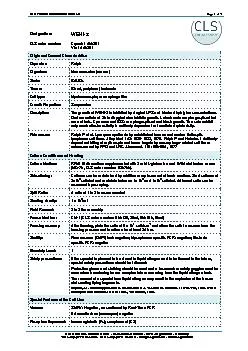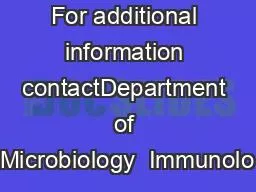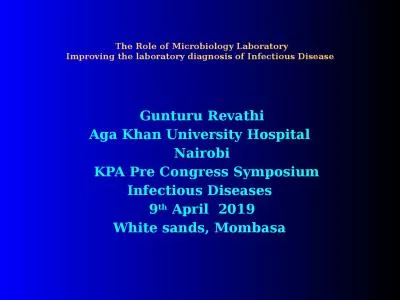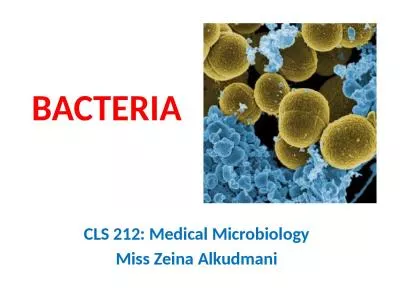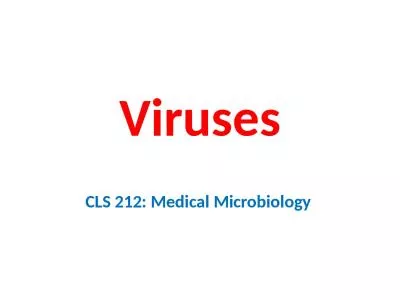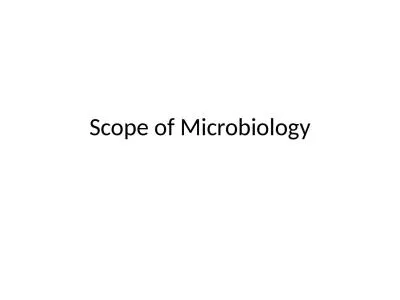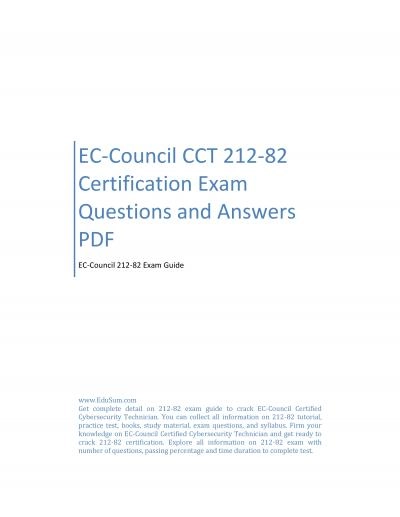PPT-Nosocomical Infections CLS 212 medical microbiology
Author : elise | Published Date : 2022-07-15
Mrs Basmah Al Maarik Whats meant by Nosocomial Infections Any infection causing illness that wasnt present or in its incubation period when the subject entered
Presentation Embed Code
Download Presentation
Download Presentation The PPT/PDF document "Nosocomical Infections CLS 212 medical ..." is the property of its rightful owner. Permission is granted to download and print the materials on this website for personal, non-commercial use only, and to display it on your personal computer provided you do not modify the materials and that you retain all copyright notices contained in the materials. By downloading content from our website, you accept the terms of this agreement.
Nosocomical Infections CLS 212 medical microbiology: Transcript
Download Rules Of Document
"Nosocomical Infections CLS 212 medical microbiology"The content belongs to its owner. You may download and print it for personal use, without modification, and keep all copyright notices. By downloading, you agree to these terms.
Related Documents

